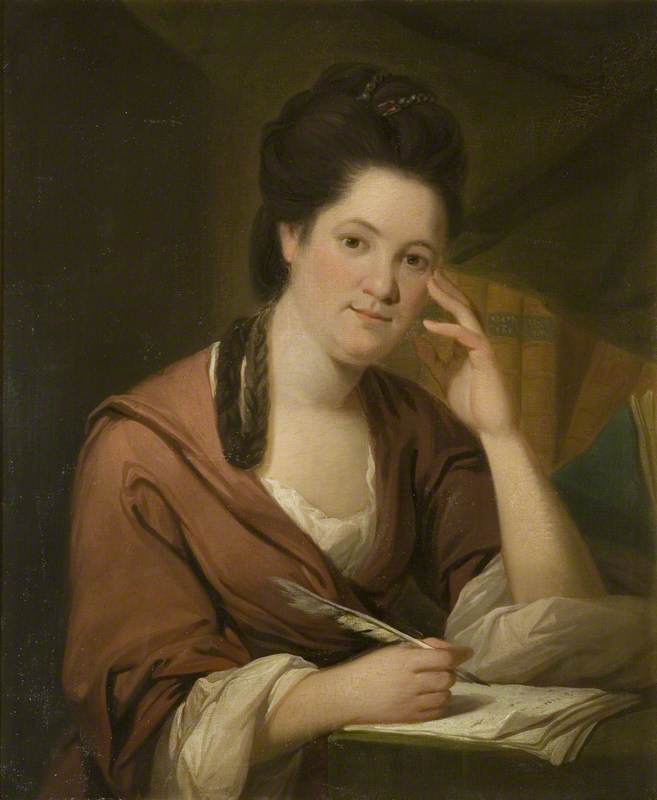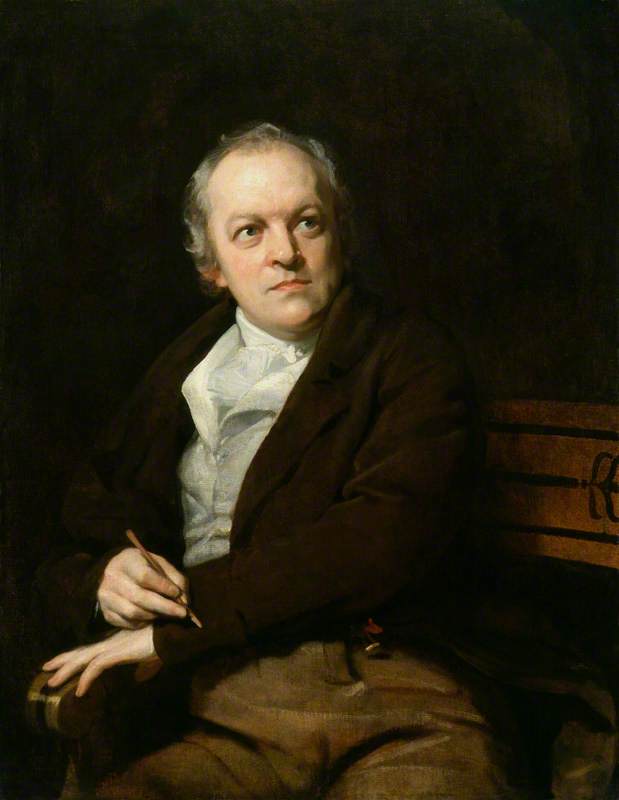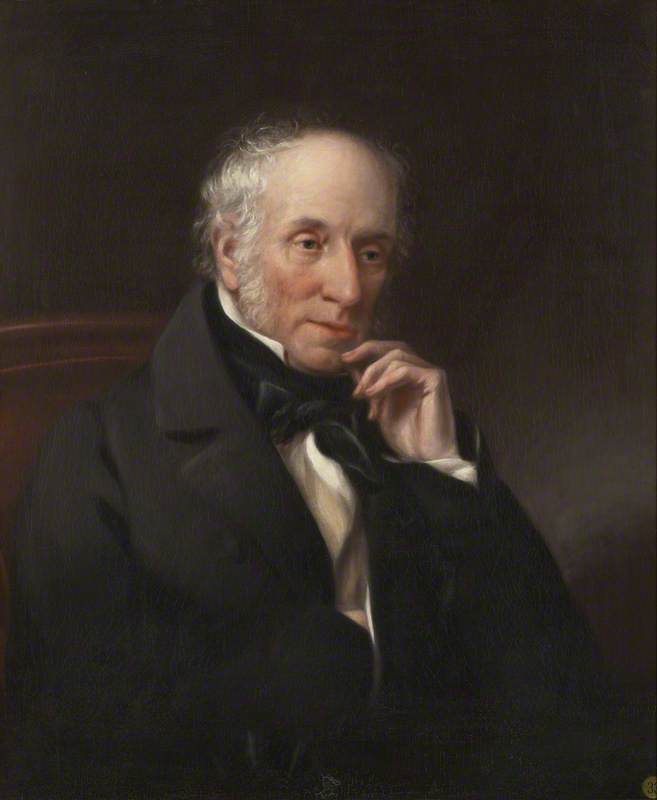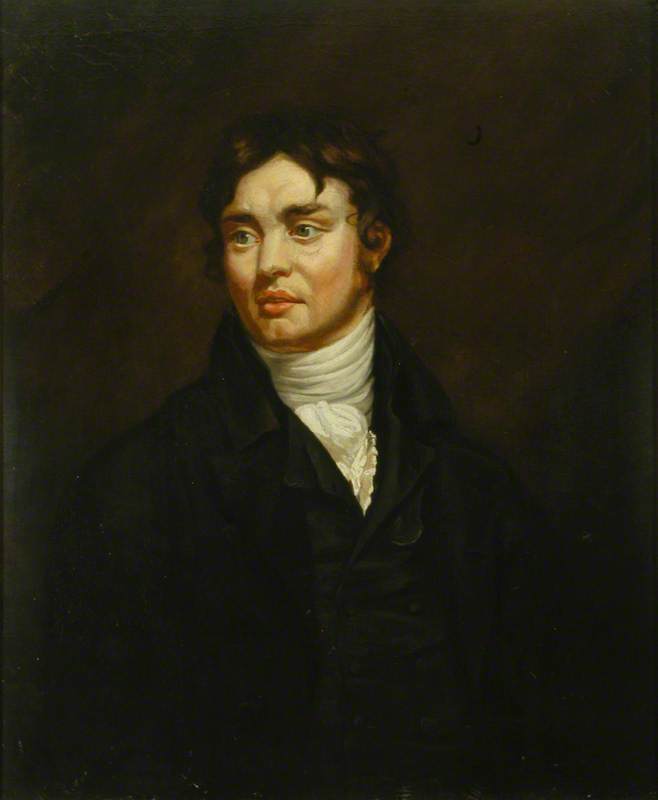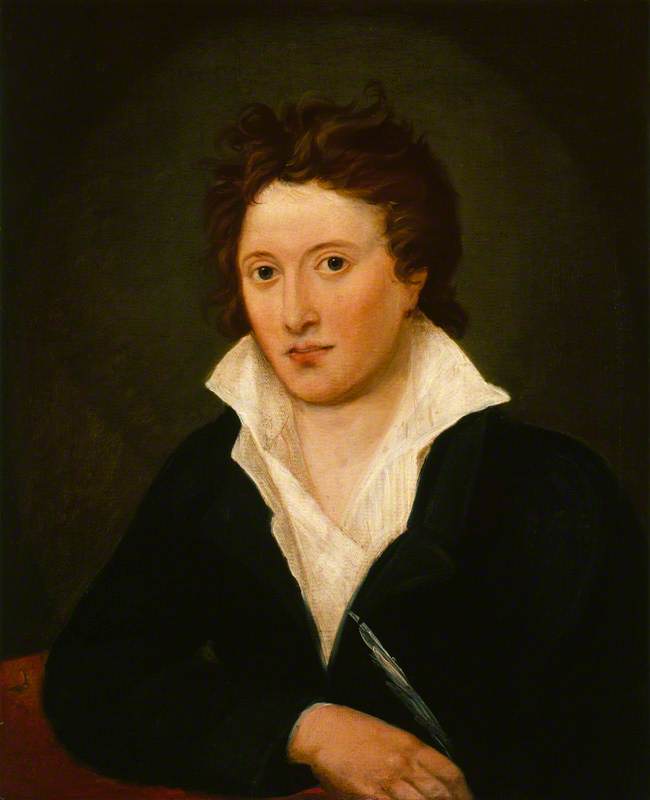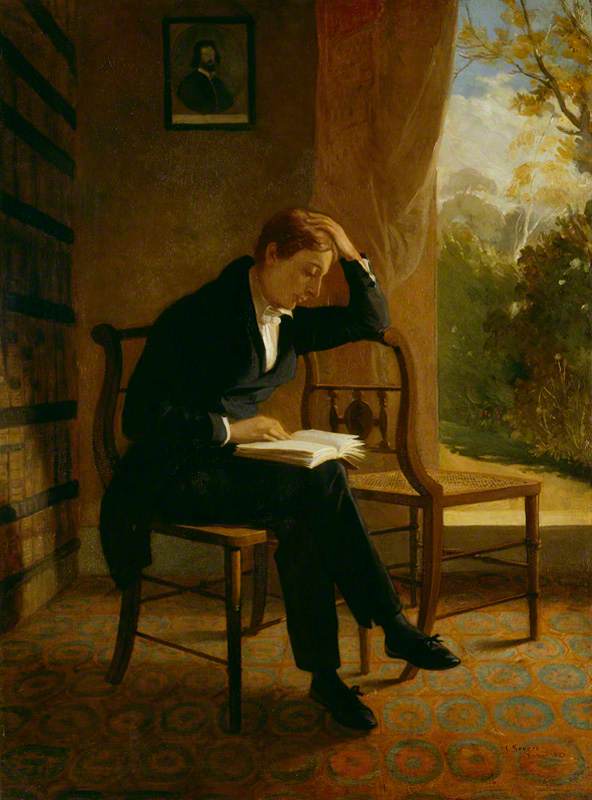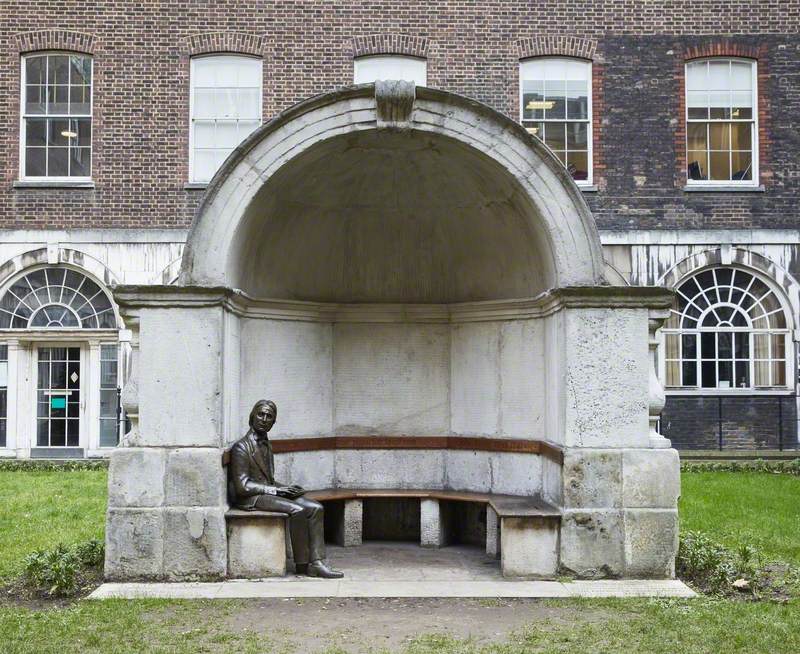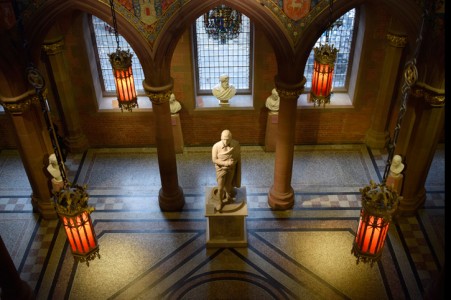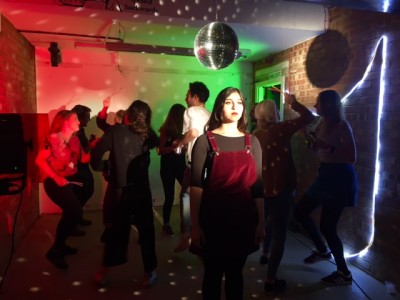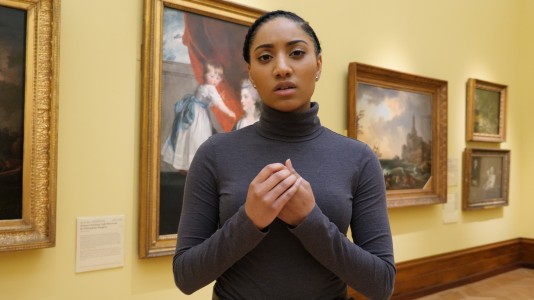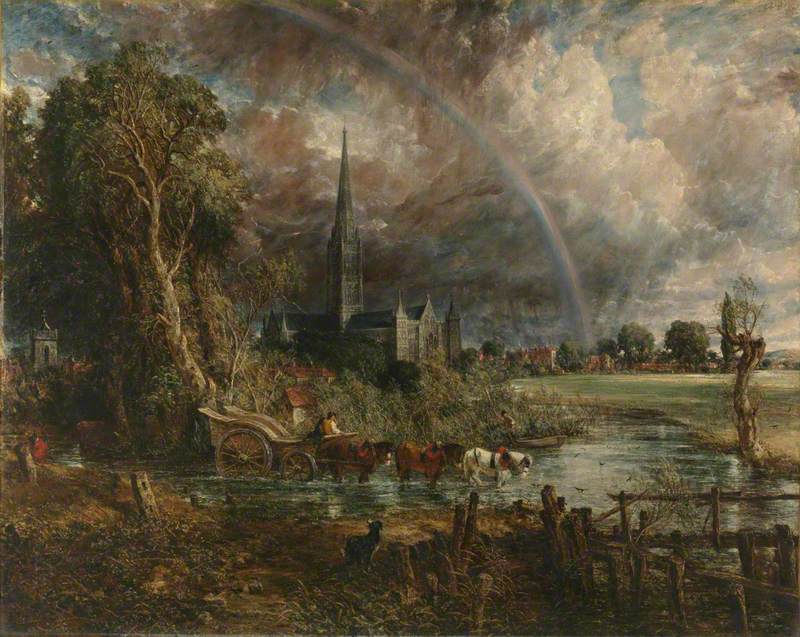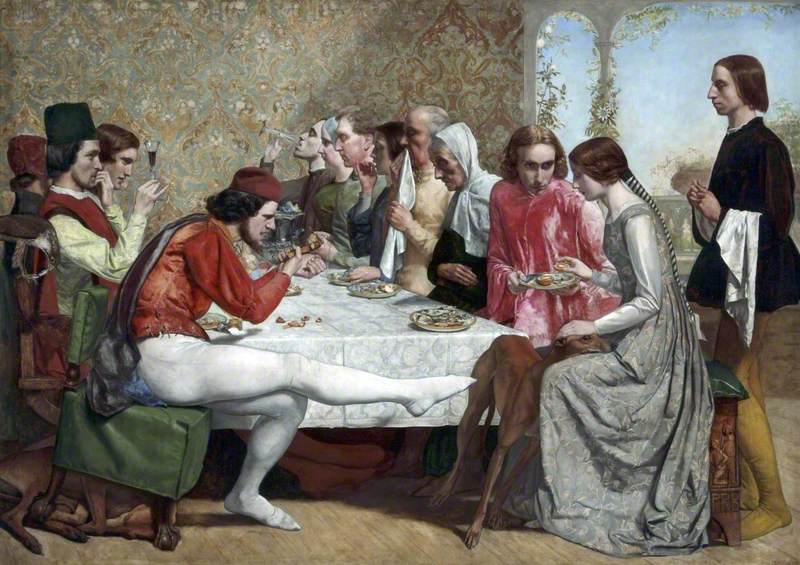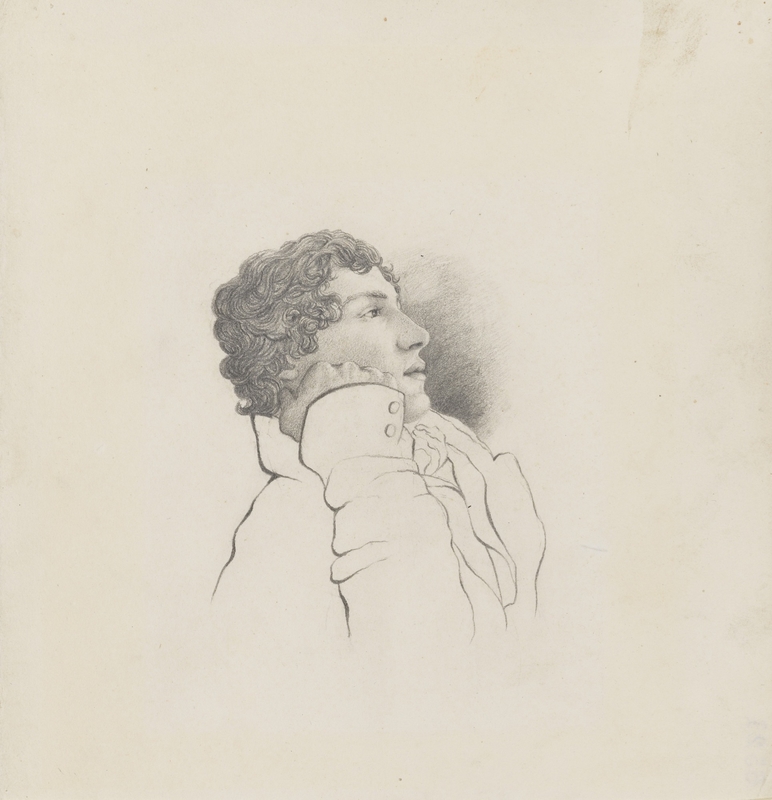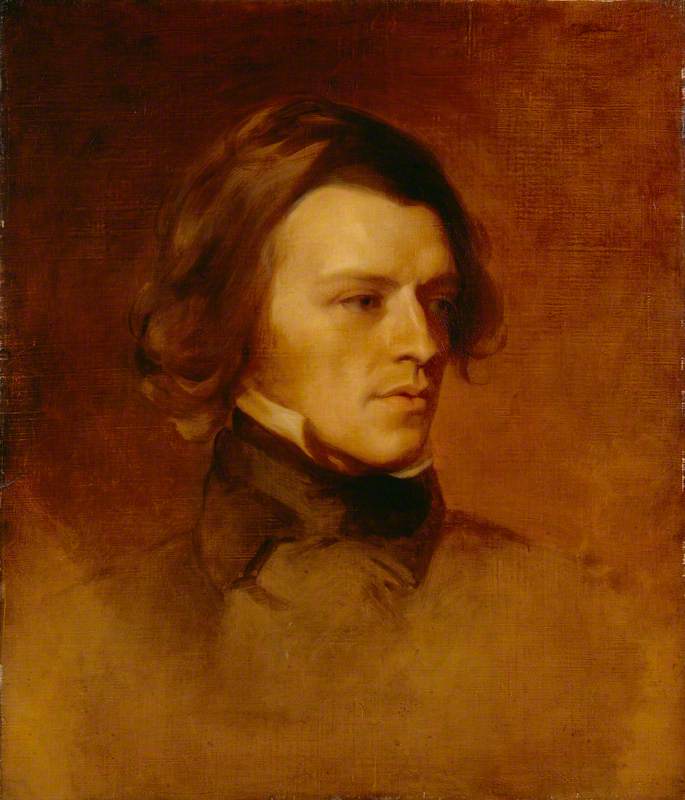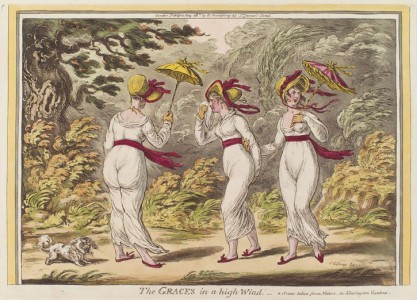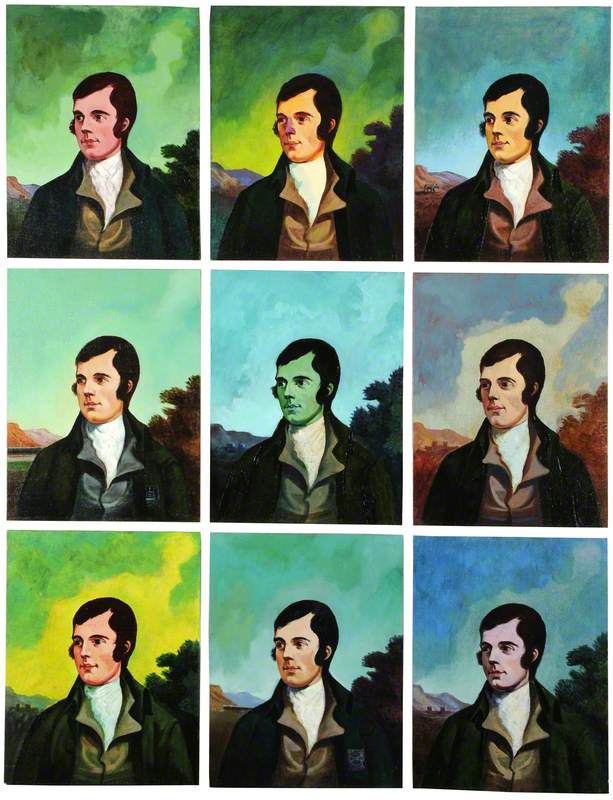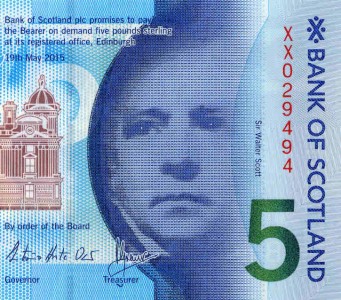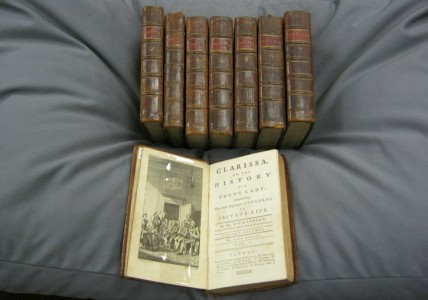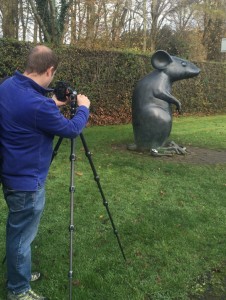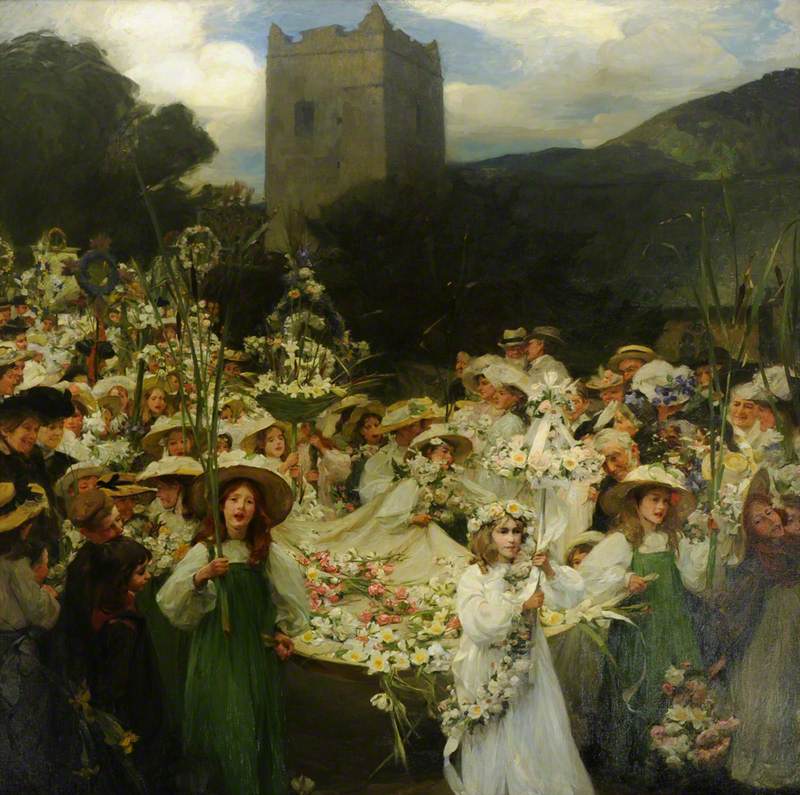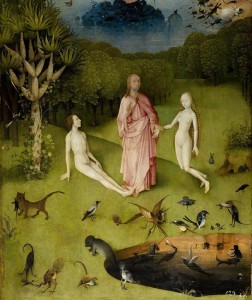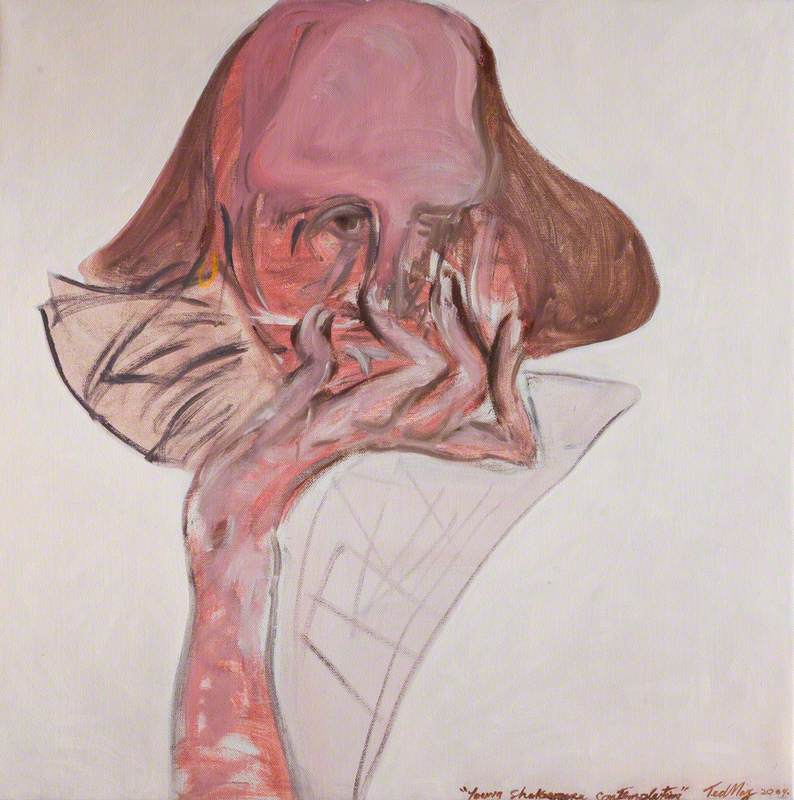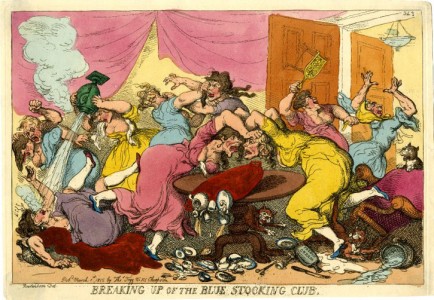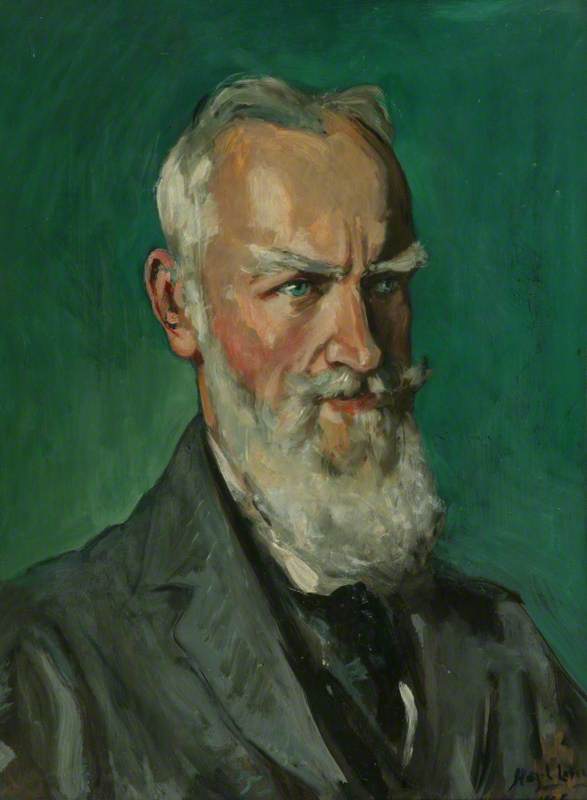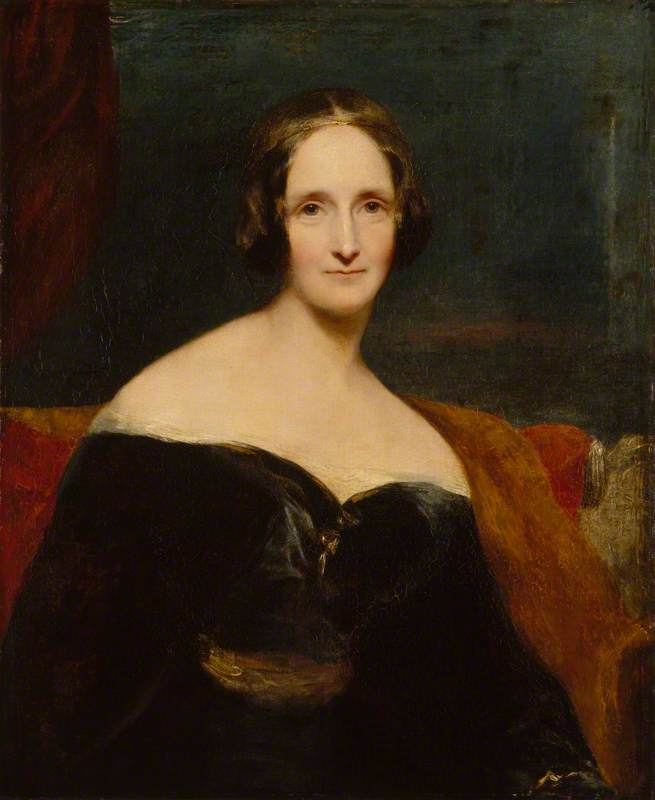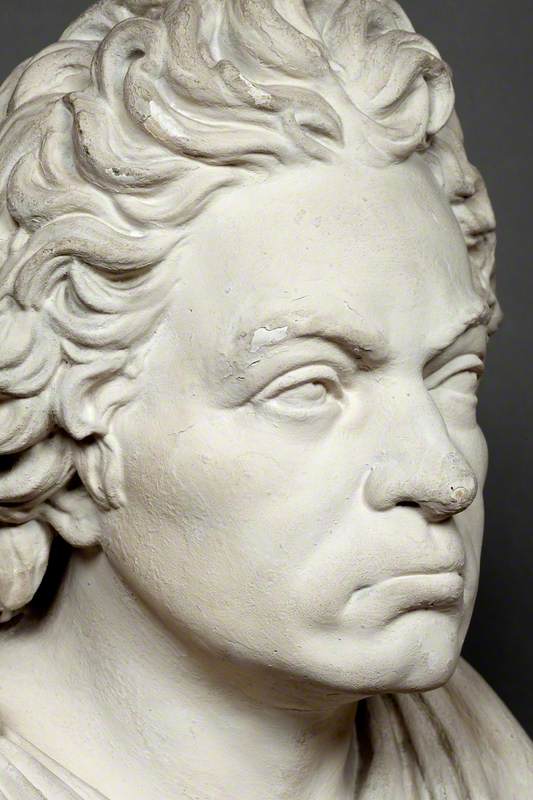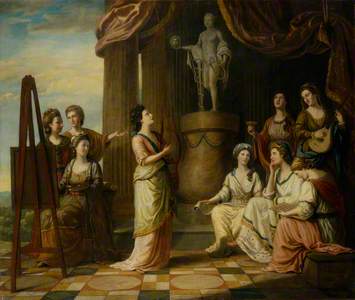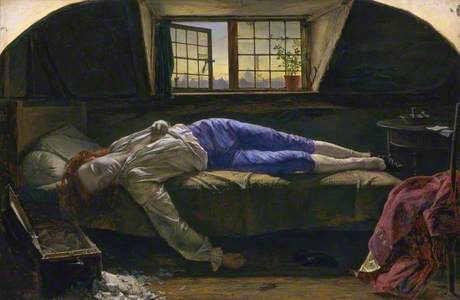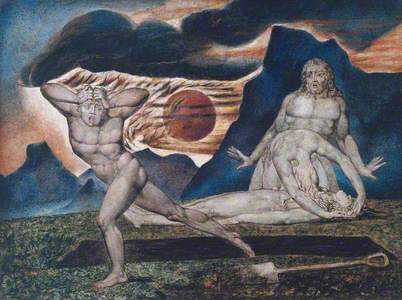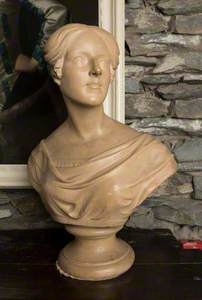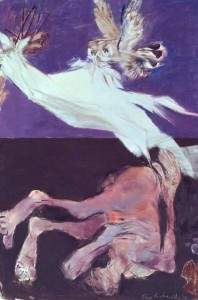Romanticism was one of the most important movements of the late eighteenth and early nineteenth centuries. It refers to the birth of a new mindset and sensibility that flourished in Europe, eventually spreading to the rest of the world. It has been seen as a radical reaction against modern industrialisation, a new way of thinking which permeated the visual arts, music, philosophy and literature. Rather than worshipping God, the Romantics revered nature, driving a new rationalist and individualist way of thinking.
Here we take a look at some of the key figures in the movement in Britain.
Anna Barbauld
Anna Laetitia Barbauld (1743–1825) was an English essayist and poet, who after writing a book that vehemently criticised the Napoleonic Wars, called Eighteen Hundred and Eleven, abandoned her poetry career in 1812 due to the backlash her book received. A prominent Enlightenment intellectual, Anna set an important precedent for other female thinkers and literary figures of the century.
Portraits in the Characters of the Muses in the Temple of Apollo
1778
Richard Samuel (d.1787) 
Here Barbauld is depicted in a 1779 painting by Richard Samuel, alongside other members of the Blue Stockings Society, portrayed as the nine muses – daughters of Zeus who were the inspirational goddesses of literature, science and the arts.
Elizabeth Sheridan (née Linley), the singer, stands in the centre playing a lyre, next to artist Angelica Kauffmann who is seated at an easel in front of the writer and classicist Elizabeth Carter who stands with Barbauld. The other women featured in this painting include writers Charlotte Lennox, Hannah More (see below), Elizabeth Griffith, Catharine Macaulay, and the leader and co-founder of the Bluestockings group, Elizabeth Montagu.
Thomas Chatterton
In 1770 the poet Thomas Chatterton (1752–1770) died by suicide by poisoning himself with arsenic because nobody would publish his poetry. Perhaps a rather precocious and melodramatic young man, he nevertheless became emblematic of the Romantic poets.
A martyr for his art, his premature death inspired the notion of the 'Romantic hero', an archetypal literary figure who was ostracised from society. This new solipsistic and melancholic sense of 'self', paved the way for Romantic thought and being. Henry Wallis painted this work in 1856, which is in the collection of the Tate. There are copies in Bristol and Birmingham.
Hannah More
Hannah More (1745–1833) was a poet and philanthropist and one of the most prolific writers of her generation. She wrote about the education of women, morals and the abolition of the slave trade.
Like the other female playwrights and poets of the time, More received misogynistic slander from her male peers. Associating with figures such as Samuel Johnson, Joshua Reynolds and Edmund Burke, she became excluded from what could be described as a gentleman's literary elite group. Johnson once allegedly said to her: 'Madam, before you flatter a man so grossly to his face, you should consider whether or not your flattery is worth having.'
Frances Reynolds, who painted this work, was a portraitist and the youngest sister of Joshua Reynolds.
William Blake
The Romantic visionary William Blake (1757–1827) died in virtual obscurity, though today he is considered to be one of Britain's most famous poets and artists.
Spending the entirety of his life in London – a city from which he drew constant inspiration – Blake was working during turbulent political times when the prospect of revolution seemed very real. Like Chatterton, Blake was not taken seriously as a poet or artist during his lifetime. He was dismissed as eccentric, even 'mad' for his proclamation of seeing religious visions. Although cut off from success, he continued to write until his death.
As well as his poetry, he is well known today for his esoteric artworks.
One of his most famous poems – Jerusalem – was set to music by Sir Hubert Parry in 1916 and now has the status akin to an alternative English national anthem. Ironically, Blake was a national dissenter and anti-monarchist. He was put on trial for sedition in 1803, accused of saying 'damn the King'. According to popular legend, Blake died singing in 1827.
Joanna Baillie
Joanna Baillie (1762–1851), Poet
John James Masquerier (1778–1855) 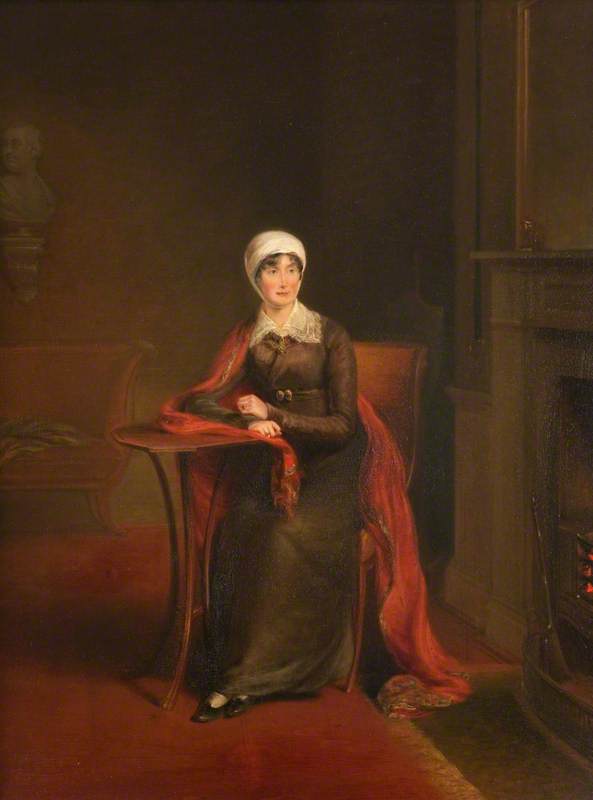
Joanna Baillie (1762–1851) was a critically acclaimed Scottish poet and playwright and member of the Bluestockings group. She mixed in the same social and literary circles as influential female writers of the day like Anna Barbauld and Lucy Aikin (who was Barbauld's niece) and inspired influential figures like Sir Walter Scott, Lord Byron (see below) and even John Stuart Mill.
Fearful of the spotlight, she was reluctant to publish any of her works until persuaded by her brother. She remarkably always gave half of her earnings to charity.
William Wordsworth
William Wordsworth (1770–1850) was born the same year that 17-year old Chatterton took his own life. Wordsworth became Britain's most famous Romantic poet, and served as Poet Laureate from 1843 until his death. At the start of the nineteenth century, Wordsworth published Resolution and Independence, a lyrical poem commemorating Chatterton.
Raised in Dove Cottage, Grasmere, on the edge of the Lake District with his sister Dorothy, who was also a talented poet in her own right, Wordsworth's years in the countryside influenced his poetic subject matter, which was predominantly about nature. Running through his work was a hatred for everything industrial – railways, factories, viaducts. It is no surprise that perhaps his most famous poem is often known as Daffodils.
One of Wordsworth's closest friends and confidants was the fellow Romantic poet Samuel Taylor Coleridge – they lived close to one another in England and later Germany and often published their poems together. Alongside Robert Southey, Wordsworth and Coleridge became known as the Lake Poets.
Samuel Taylor Coleridge
Samuel Taylor Coleridge (1772–1834) has been remembered in history as one of the leading Romantic poets, though he was also a theologian and philosopher.
Some of his most famous works include The Rime of the Ancient Mariner and Kubla Khan. Inflicted with enduring mental health problems – what today would probably be diagnosed as bipolar disorder and anxiety – Coleridge had a difficult life characterised by illness and an opium addiction.
Lord Byron
One of the most prolific and notorious historical figures to associate with the Romantics was George Gordon Byron (1788–1824) who died aged 36 after contracting a fever in Greece. His life was full of celebrity and scandal.
George Gordon (1788–1824), 6th Lord Byron, Poet
1822
William Edward West (1788–1857) 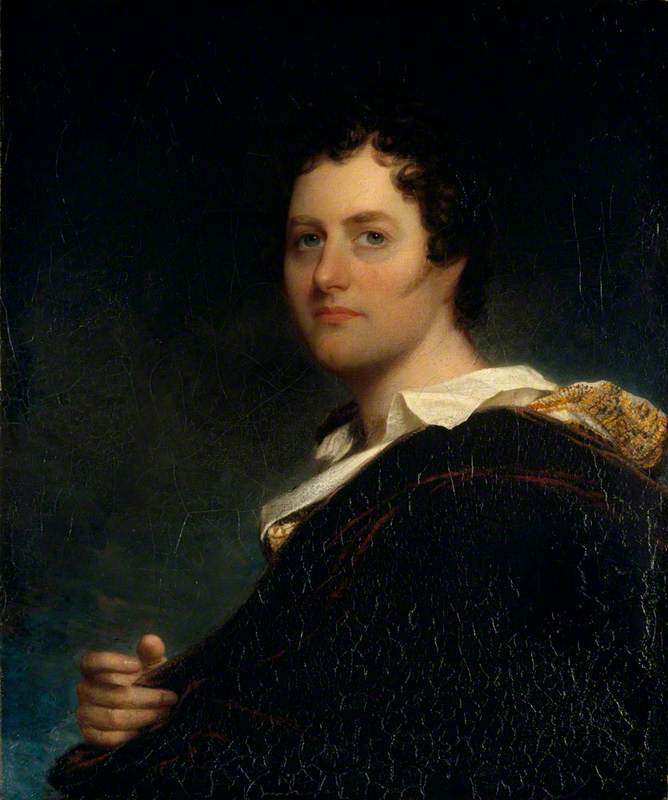
In 1816 Bryon left England permanently due to increasing debts, the break-up of his marriage to Annabella Millbanke and the spreading rumours that he had had an affair with his half-sister Augusta Leigh, to whom Byron wrote Epistle to Augusta (1816). Byron's famous works include Don Juan and Childe Harold's Pilgrimage.
Although, according to his lover Lady Caroline Lamb, he might have been 'mad, bad and dangerous to know', his wild ways did leave a lasting legacy to the world – he was also the father of pioneering computer scientist Ada Lovelace.
Percy Bysshe Shelley
Percy Bysshe Shelley (1792–1822) and his wife Mary Shelley (1797–1851) were friends with Lord Byron, who they first met in 1816 on Lake Geneva, Switzerland. It was at Byron's villa where Mary Shelley was to write the classic Gothic horror tale of Frankenstein.
A literary power couple of the era, Percy was also a proponent for social justice – a revolutionary and non-conformist. He gained a rebellious reputation during his lifetime for being sent down (expelled) from Oxford University, eloping with a young woman called Harriet Westbrook and for fighting for Irish independence, among other political causes. His reputation meant that certain journals refused to publish his works, for fear of being accused of blasphemy or sedition.
Perhaps too forward-thinking for his own time, Shelley wrote several essays about vegetarianism and nonviolence. Unlike Byron, Shelley's legacy was not fully celebrated until after his death. He tragically drowned just before his 30th birthday in Italy in July 1822. Some have speculated that Percy – the tortured and depressed romantic – killed himself rather than died by accident.
John Keats
Directly inspired by Coleridge and mixing in the same literary and social circles as the Shelleys and Byron, John Keats (1795–1821) was also one of England's most famous Romantic poets, known for his series of odes, including Ode to a Nightingale, Ode on a Grecian Urn, On First Looking into Chapman's Homer, and To Autumn.
At a sitting, the artist Joseph Severn (1793–1879) had commented on Keats: 'I found him sitting with the two chairs as I have painted him and was struck with the first real symptoms of sadness in Keats so finally expressed in that poem.' Keeping with what appears to be the Romantic tradition, Keats tragically died aged 25 after contracting tuberculosis in Rome in 1821.
Felicia Dorothea Hemans
Felicia Dorothea Hermans (1793–1835) was a contemporary of Keats, though she scarcely received the same kind of acclaim or enduring legacy. Born in Liverpool, but spending much of her life in Wales and Ireland, Hermans caught the attention of contemporary poets Wordsworth and Shelley. One of her most famous poems was Casabianca, published in 1826.
We've reached the end of our exploration of these British Romantic poets. Why do they still appeal to us today? The women and men who shaped the Romantic movement were radical, ambitious and had visionary aims, and often their idealism was taken up by succeeding generations. With the environmental debates over climate change, and the continuing battle between industrialisation and respect for nature, we are still living with many of the ideas of Romanticism today.
Lydia Figes, Content Creator at Art UK

